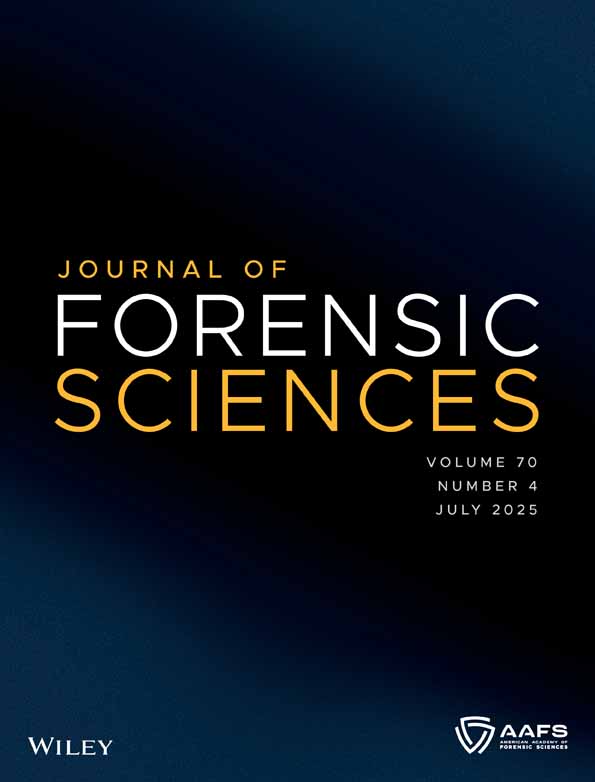Frame duplication forgery detection and localization based on QR decomposition and Minkowski distance
Abstract
The widespread use of multimedia editing tools has facilitated the creation of realistic video forgeries, jeopardizing the trust in video content. To address frame duplication forgery, a prevalent technique, this paper introduces a novel algorithm leveraging QR decomposition (orthogonal-triangular decomposition) and Minkowski distance. The algorithm extracts frame features using QR decomposition and compares them with a reference frame using Minkowski distance. Candidate duplicates are identified through random block matching. We evaluate the proposed method on standard datasets (TDTVD, LASIESTA, and IVY LAB) and a self-generated dataset. Our method achieves exceptional performance, attaining a perfect -score for video-level detection on both the TDTVD and our self-generated datasets. Notably, for frame-level detection, it achieves an average accuracy of 0.9943, precision of 0.9752, recall of 0.9858, and -score of 0.9803 across all datasets. Our analysis demonstrates the proposed method demonstrates promising performance in detecting multiply-duplicated frames and shows robustness against post-processing, potentially outperforming existing approaches.
CONFLICT OF INTEREST STATEMENT
The authors declare that they have no conflict of interest.
Open Research
DATA AVAILABILITY STATEMENT
This article's findings rely on data owned by the Development Research Center. Due to confidentiality restrictions, the data is not publicly accessible and the authors cannot share it publicly at this time.




